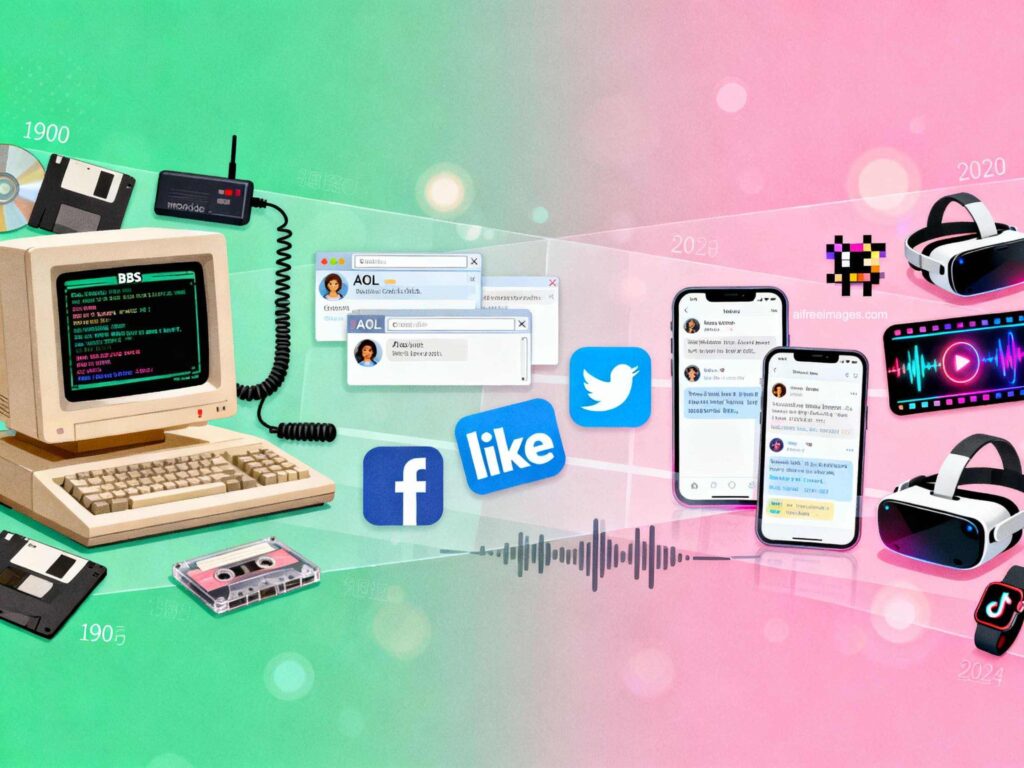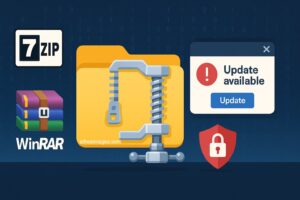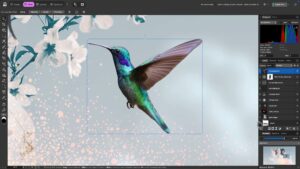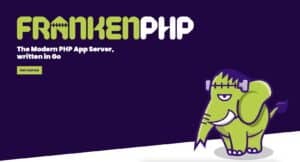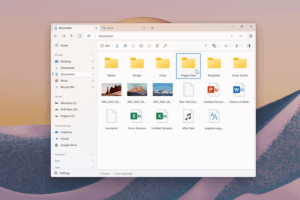Long before likes, stories, and full-screen vertical videos, there were 56k modem screeches, busy phone lines, and monochrome terminals. The history of social networks doesn’t begin with Facebook or TikTok: it starts in 1978, when two Chicago hobbyists, Ward Christensen and Randy Suess, connected the first Bulletin Board System (BBS). From there, five decades of trial and error moved our social lives onto the web, then to mobile, and finally into the palm of our hand.
This report traces the key milestones—and their consequences—of a phenomenon that is now communications infrastructure and, at the same time, the subject of public debate: mental health, privacy, misinformation, the creator economy, and the platforms’ role in the democratic sphere.
1) The Prehistory: BBS, CompuServe, and Prodigy (1978–1993)
BBSes offered profiles, public messages, and private mail over the telephone network. Primitive yet effective, they established the social patterns that would outlive any technology layer. Soon after, commercial services such as CompuServe (1979) and Prodigy (1984) carried the conversation to a wider public with forums, chat, and email, though in closed, subscription-based networks. They weren’t “social networks” as we use the term today, but they were large-scale digital communities.
2) The Decade of Forums, IRC, and Messengers (1994–2001)
With the commercial web, sociability atomized into thousands of topic-based forums—gaming, photography, politics, DIY. GeoCities (1994) let users build personal pages grouped into “neighborhoods,” organizing identity around interests. In parallel, IRC (1988, popularized in the ’90s) became the salon of nightly debate and taught the grammar of real-time conversation.
The end-of-decade killer app was instant messaging: ICQ (1996), AOL Instant Messenger (1997), and MSN Messenger (1999) turned the buddy list into an emotional map. The “you’re online” presence cue inaugurated always-on availability.
A small 1997 experiment, Six Degrees, combined—for the first time on the web—profile, friend lists, and friend-of-a-friend navigation. It closed in 2001, but left the modern mold behind.
3) The Social Boom: Friendster, LinkedIn, and MySpace (2002–2006)
Friendster (2002) proved there was demand for a large-scale general-purpose network. It reached millions in months, visualized degrees of separation, and then buckled under performance issues and the challenge of governing a global community before playbooks existed.
LinkedIn (2003) showed that online sociability could be oriented to professional goals: reputation, jobs, business. It launched in May 2003 with its own norms (seriousness, real identities, endorsements) and outlasted all fads.
That same year, MySpace exploded as a main square for young people and musicians. Extreme profile customization (HTML, CSS, embedded music) drew artists and labels. In 2006, it was the most visited site in the U.S. Excess noise and spam—and a lack of curation—would take a toll: the world wanted a feed.
4) Facebook Brings Order: Real Identity and the News Feed (2004–2012)
Facebook was born at Harvard in 2004 with .edu emails, concentric closed-circle expansion, and a design that prioritized real identity. In 2006 it opened to the public. Its masterstroke in 2006, the News Feed, centralized your social life: a single stream that surfaced what mattered from your contacts. Then came the Like button (2009) and the developer platform (2007), turning Facebook into an ecosystem.
In 2008 it surpassed MySpace; in 2012 it reached 1 billion users. From that point on, every network had to answer two questions: how is content discovered and what identity sustains it?
5) Microblogging and Remix Culture (2006–2013)
Twitter (2006) compressed the world into 140 characters (now 280). It became newswire, megaphone, and seismograph: live events, hashtags, and direct lines between public figures and citizens.
Tumblr (2007) blended blogging with social networking, with reblogs and tags. The result: creative communities and fandoms fueled by a DIY aesthetic, GIFs, and micro-cultures. It was never the biggest platform, but it was one of the most culturally influential.
6) The Visual Turn: Instagram, Pinterest, and Ephemeral Content (2010–2016)
Instagram (2010) nailed mobile photography: filters, a vertical feed, and a frictionless UI. In 2012, Facebook acquired it for $1 billion with just 30 million users; a decade later it would surpass 2 billion. Pinterest (2010) organized inspiration into boards; Snapchat (2011) introduced ephemeral content and Stories (2013)—24-hour posts that reshaped the visual language and that Instagram, Facebook, and WhatsApp would later adopt.
7) Consolidation, Messaging, and the Birth of “Super Apps” (2014–2019)
Facebook Inc. (now Meta) cemented dominance with WhatsApp (2014) and Instagram (2012). Meanwhile, WeChat (China) showed a network could become infrastructure: payments, services, commerce, and messaging in a single app. In the West, WhatsApp, Messenger, and Telegram became central plazas in their own right.
8) TikTok and the Algorithm as Program Director (2018–present)
TikTok (global since 2017; merger with Musical.ly in 2018) changed the priority from social graph to interest graph. Its For You feed recommends with addictive precision based on behavior, not just follows. Accessible mobile editing, trends, reusable audio, and full-screen vertical video made short video the atomic unit of attention. It was the most downloaded app in 2020 and 2021, reaching 1 billion users at record speed.
Rivals responded in kind: Instagram Reels (2020) and YouTube Shorts (2021). Total convergence: if a format retains more seconds, everyone adopts it.
9) 2020–2025: Live Audio, AI Everywhere, and New Splits
- Social audio: Clubhouse spun up live rooms in 2020; Twitter Spaces followed. The craze cooled, but the format persists in niches.
- Metaverse and Web3: Meta bet on VR experiences (Horizon Worlds), while decentralized networks (Mastodon) and Web3 experiments gained some traction. Mass adoption remains an open question.
- Artificial intelligence: AI already powered recommendations, moderation, and editing; by 2023–2024, generative AI began creating content inside platforms.
- Alternatives to X (Twitter): Threads (2023) posted an unprecedented start (≈ 100 million sign-ups in days). Bluesky and other federated projects advanced on their own timelines.
10) Spain’s Accents in a Global Story
In Spain, Tuenti (2006) marked a generation before pivoting into a carrier. Forums such as Meristation and Forocoches shaped distinctive conversational habits. WhatsApp adoption arrived early and at scale, reconfiguring personal and family messaging; Instagram and TikTok later cemented vertical video as the dominant social currency.
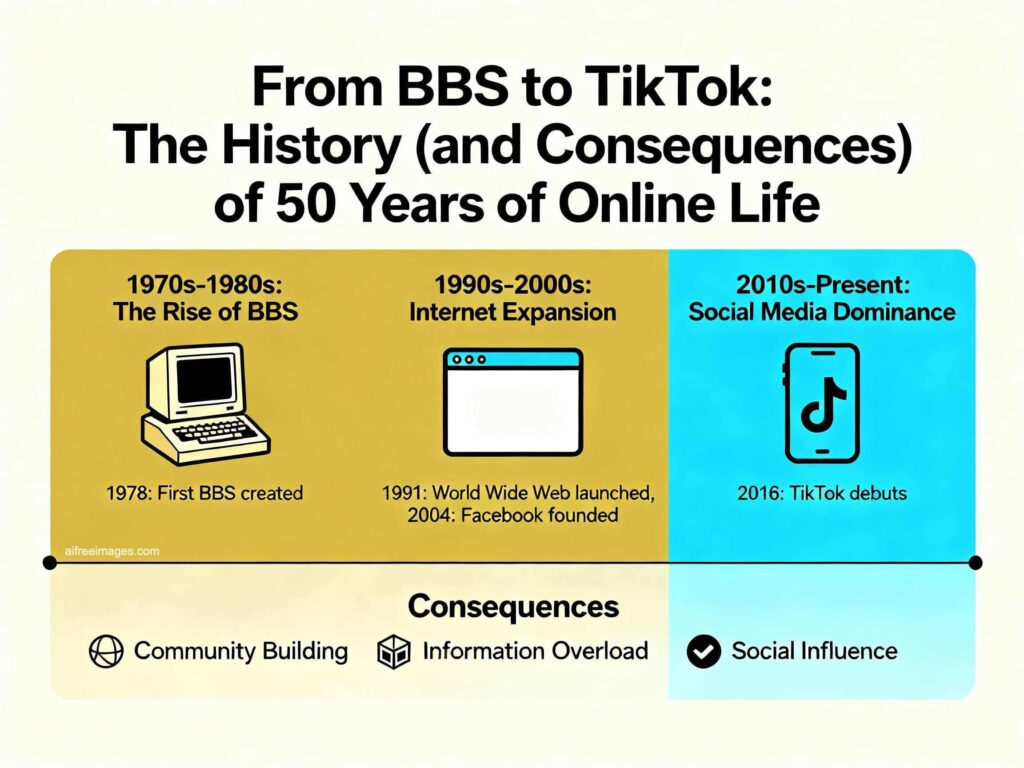
Social Impact: From Digital Agora to Mental Health
Communication transformed. Social networks democratized broadcasting: anyone can be publisher, medium, and audience at once. At the same time, they fragmented attention into personalized feeds. Journalism and politics learned to converse (and sometimes collide) with opaque algorithms.
Mobilization and change. From the Arab Spring (2011) to #MeToo (2017) and Black Lives Matter, platforms have been tools for organizing, whistle-blowing, and pressure—but also highways for disinformation and manipulation.
The shadows. We know them well: addiction and anxiety (especially in young people), polarization, echo chambers, privacy and data exploitation, content moderation tensions with free speech, and the impact on elections. Public responses—regulation, media literacy, responsible design—are uneven and still in progress.
The Creator Economy: From Blogs to Creator Businesses
The rise of creators has professionalized video, podcasts, newsletters, and livestreams. Platforms offer funds, subscriptions, shops, and tipping. The structural risk is dependency on the algorithm as the gateway to audiences: a single tweak can crater income overnight. Hence the push for multi-platform strategies and owning the audience (newsletters, websites, memberships).
Where Is the Ecosystem Headed?
- More AI in every layer. Assisted editing, auto-captions, real-time translation, finer recommendations, and copilots for production.
- AR/VR as everyday experiences. Lower-friction filters and immersive moments; integrated shopping and entertainment.
- Integrated social commerce. From discovery to payment in one gesture, backed by trust and logistics that make the funnel credible.
- Privacy and wellbeing as value propositions. Less-addictive modes, parental controls, and digital hygiene tools as core product features.
- Fragmentation vs. consolidation. Niche networks (interest-verticals) coexisting with conglomerates that bundle multiple apps under one roof.
The most honest compass may be this: social networks are no longer “an app”—they’re a layer spanning media, commerce, politics, and social life. That demands governance, transparency, and civic judgment, alongside innovation.
Epilogue: A Story That’s Only Just Beginning
From BBS to TikTok, from GeoCities to Reels, humanity has learned to converse at a distance without distance mattering. Social networks are now critical infrastructure—with all that implies—and also the stage for our virtues and flaws. The challenge for the coming years is to maximize the valuable (access, community, opportunity) and mitigate the harmful (abuse, misinformation, dependency). As always, this story is written by all of us.
Frequently Asked Questions
What platform can be considered the first “modern social network”?
Six Degrees (1997) was the first to integrate profiles, friend lists, and friend-of-a-friend navigation. It shut down in 2001, but its model served as a template for Friendster, MySpace, and Facebook.
Why did TikTok reshape the market so profoundly?
Because it prioritizes interest over relationships: the For You feed recommends based on behavior, not just who you follow. Combined with mobile-first editing and trend mechanics, it standardized short vertical video.
How do social networks affect young people’s mental health?
Designs optimized for retention, social comparison, and exposure to hyper-stimulating content correlate with anxiety and low self-esteem for some. There’s growing demand for responsible design, time-use controls, and media-literacy education.
What role does AI play in the present and future of social networks?
AI powers recommendations, moderation, and editing (captions, translation, filters) and, since 2023–2024, generates content. Ahead, expect creative copilots, extreme personalization, and stronger anti-abuse tooling, alongside debates about transparency and bias.

